What is the tolerance range of precision screws?
What is the tolerance range of precision screws?
Service Hotline
+86760-8787 8587We have more than ten years of production experience in the screw industry, the main products are: adjustment of the two-sided plane of the inspection tool mother, circular flat washer, plastic blind rivet, bottom hole 5.4 pressure plate stud, 8-strength hexagonal nut, hexagonal flange bolts, Support copper column motherboard copper column isolation chassis copper column nut, single ear and double ear stop washer, NFE25 washer, nylon double-pass copper column, high-strength 45-gauge steel pin, elastic pin, metric high-strength screws, manganese plating Zinc washers, motherboard isolation studs and other fasteners, due to the different materials and specifications of the products, the prices are also different, please contact us if you need.


Pressure riveting standoffs, also known as pressure riveting studs or standoffs, are non-removable fasteners that are used in conjunction with rivets to provide a threadless type. A sheet metal part is a product processed by a sheet metal process, that is, a sheet metal substrate is formed into a sheet metal part with a certain shape through cutting, bending, drilling, welding and other processes. On some sheet metal parts, such as chassis and electrical boxes produced by sheet metal, it is usually necessary to set rivet standoffs to facilitate the installation of internal components. The existing standoffs are usually installed on the sheet metal substrate by extrusion, and the connection is not firm.
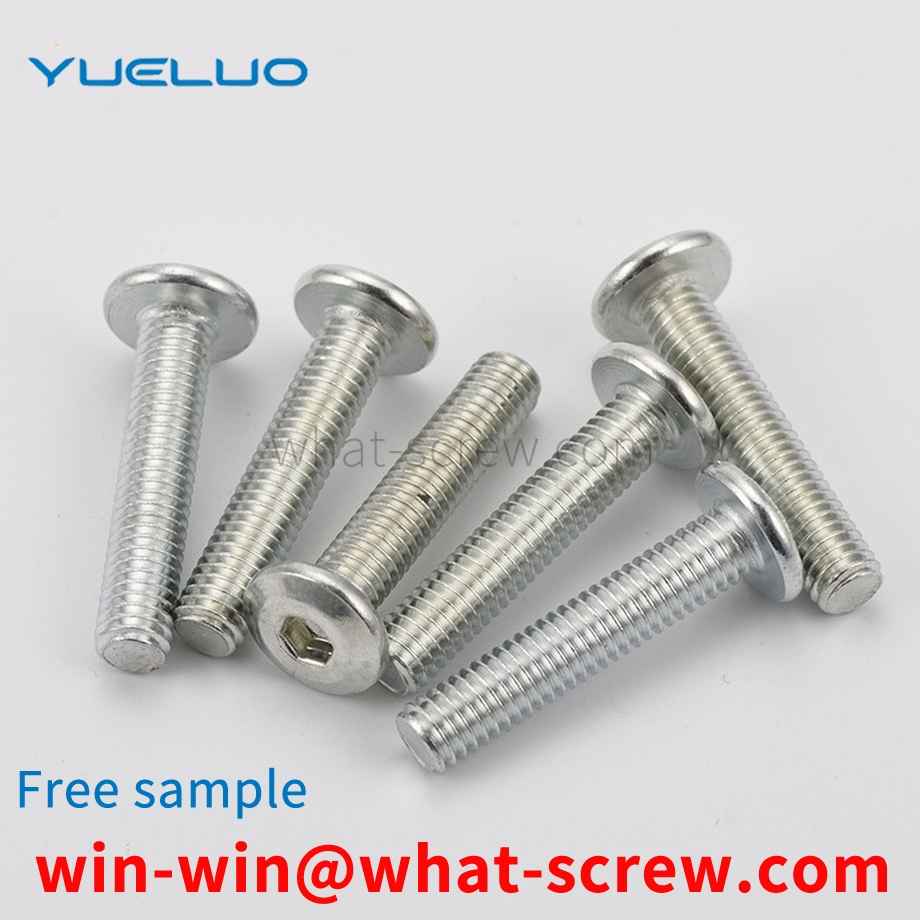
rivet is a nail-shaped object used to join two parts or components with a through hole and a cap on one end. In riveting, the riveted parts are connected by their own deformation or interference. There are many types of rivets, and they are informal. Commonly used are R-type rivets, fan rivets, blind rivets, blind rivets, tree rivets, semi-circular head, flat head, semi-hollow rivets, solid rivets, countersunk head rivets, blind rivets, hollow rivets, these usually use their own deformation Connect the riveted parts. Generally less than 8 mm with cold riveting, larger than this size with hot riveting. But there are exceptions. For example, the nameplate on some locks is riveted by the interference between the rivet and the lock body hole.
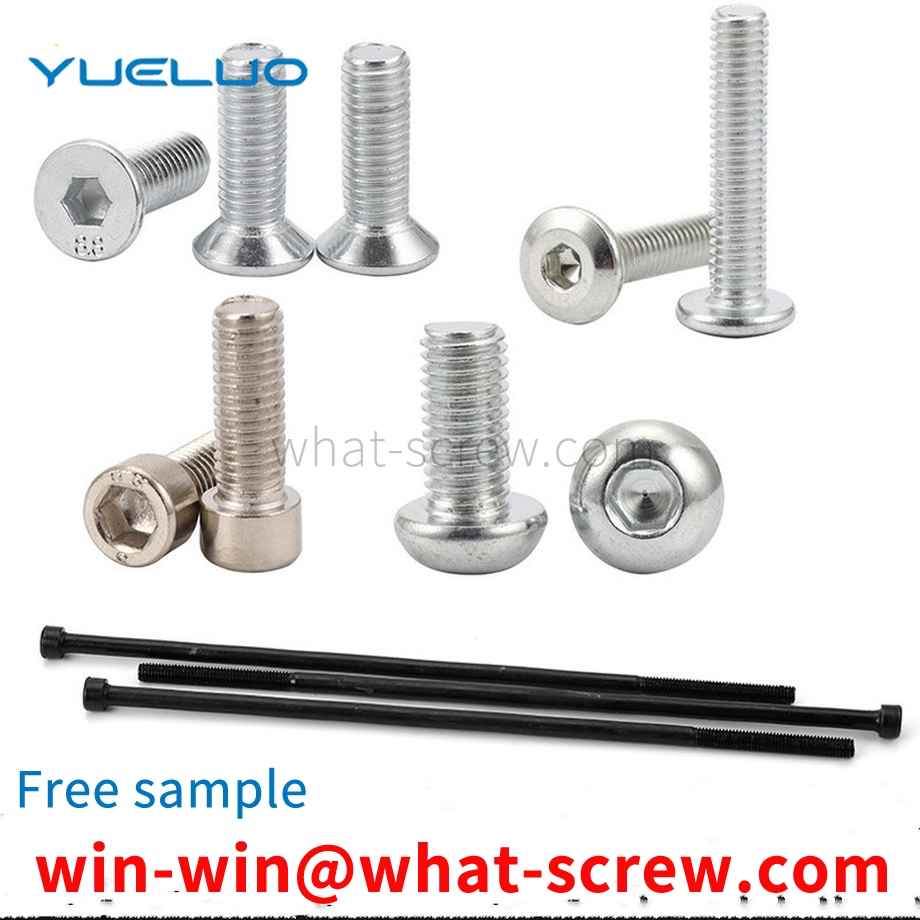
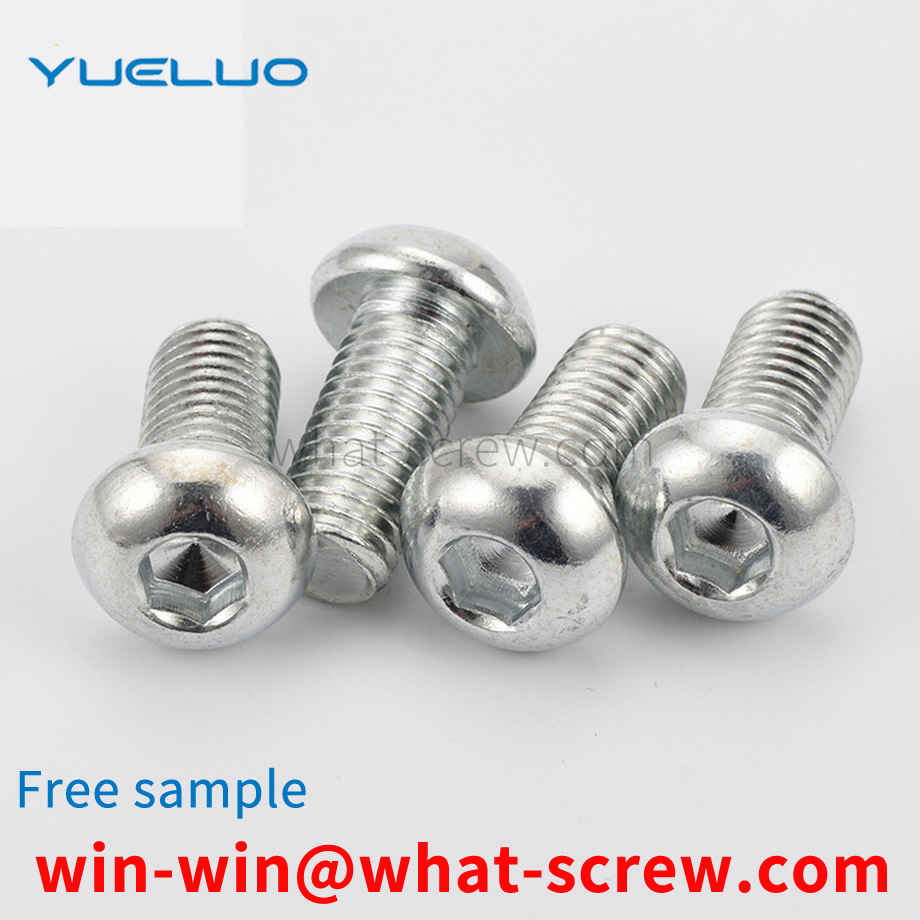
Large, countersunk, and thin rivet nuts can be produced according to different die angles. Then the cold forged rivet nut is degreasing, cleaned and annealed, and then extruded and tapped and surface electroplated. Since the rivet nut is formed by cold extrusion of low carbon steel, it has high mechanical properties. Specifically, the tensile strength of M3 is 250Kg, the shear strength is 140Kg; the tensile strength of M4 is 700Kg, the shear strength is 220Kg; the tensile strength of M5 1100Kg, shear force 380Kg; M6 tensile force 1750Kg, shear force 450Kg; M8 tensile force 2650Kg, shear force 660Kg.
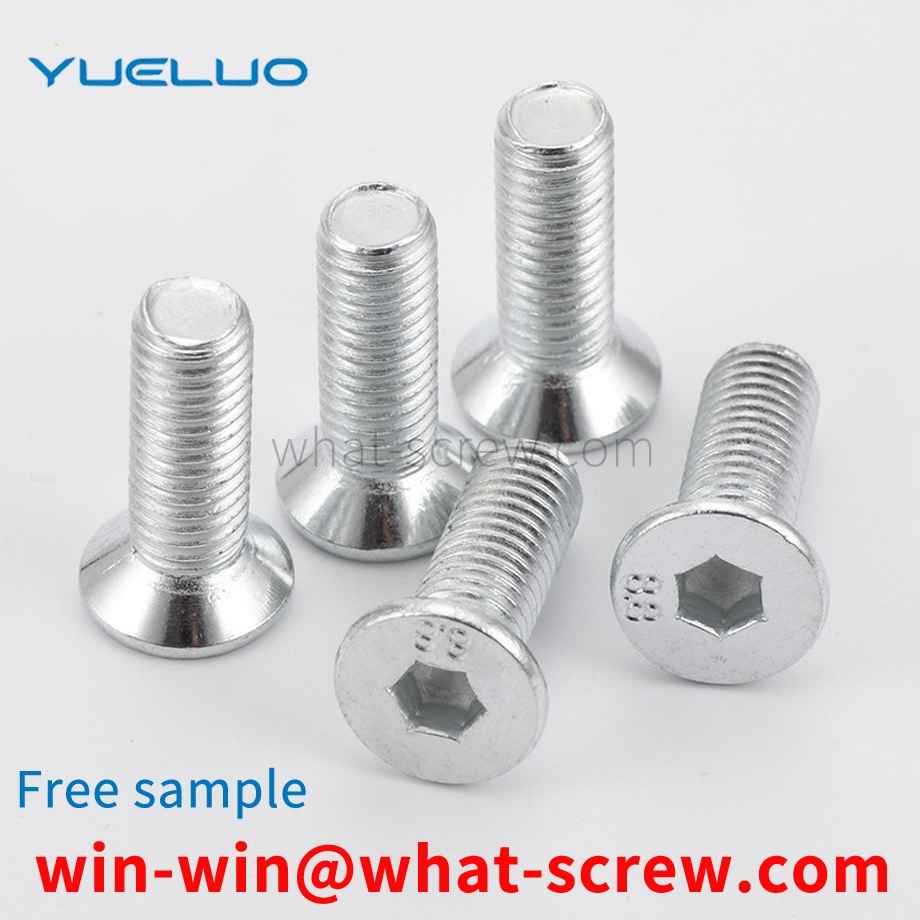
1. First remove the sludge on the surface of the broken head of the broken screw, use the center gun to kill the center gun of the section, and then use an electric drill to install a drill bit with a diameter of 6-8 mm to drill the hole in the center of the section, pay attention to the hole must be drilled through. After the hole is drilled through, remove the small drill bit and replace it with a drill bit with a diameter of 16 mm, and continue to expand and drill through the hole of the broken bolt. 2. Take a welding rod with a diameter of less than 3.2 mm and use a medium and small current to carry out surfacing welding from the inside to the outside in the hole of the broken bolt. Take half of the entire length of the broken bolt at the beginning of the surfacing welding. When starting the surfacing welding, the arc should not be too long. In order to avoid burning through the outer wall of the broken bolt, surfacing to the upper end face of the broken bolt, and then continue surfacing to weld a cylinder with a diameter of 14-16 mm and a height of 8-10 mm. 3. After the surfacing is completed, hammer the end face with a hammer to make the broken bolt vibrate along its axial direction. Due to the heat generated by the previous arc and the subsequent cooling plus the vibration at this time, the broken bolt and the thread of the body will be loose in between. 4. Carefully observe, when it is found that a small amount of rust leaks from the fracture after the knock, take the M18 nut and put it on the surfacing column head and weld the two together. 5. After welding, use a torx wrench to cover the nut while it is still hot, and twist it back and forth, or tap the end face of the nut with a small hand hammer while twisting back and forth, so that the broken bolt can be taken out. 6. After taking out the broken bolt, use a suitable tap to process the thread in the frame to remove rust and other debris in the hole.
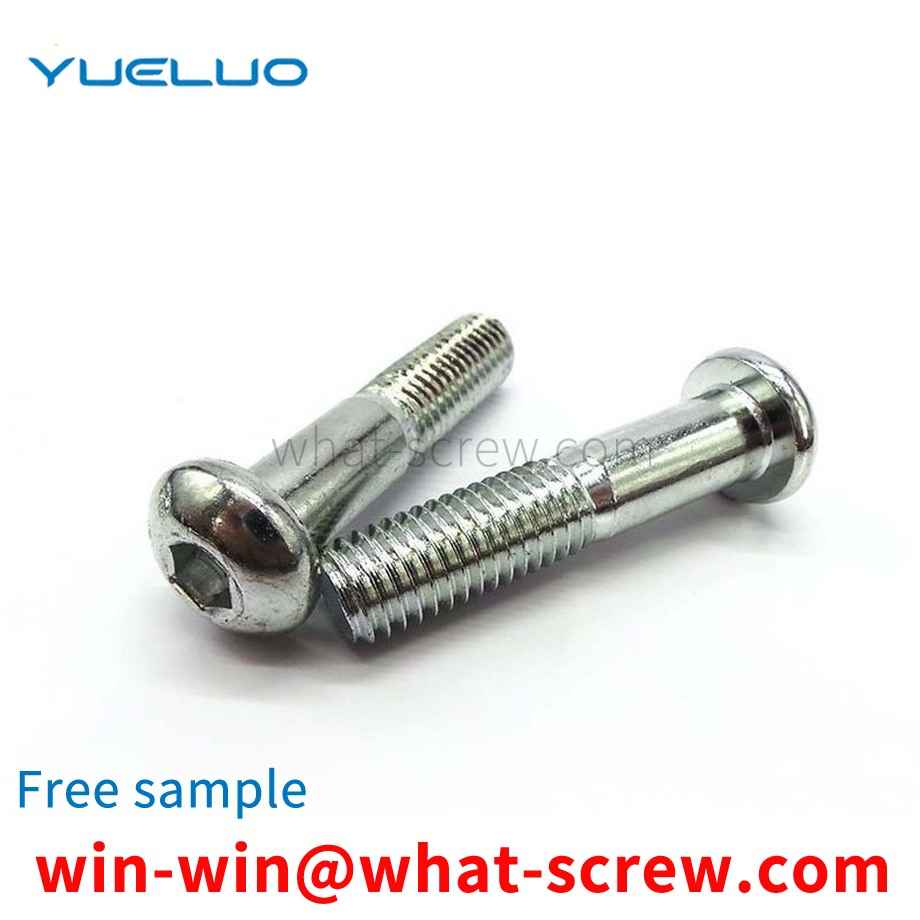
The above content is uploaded by Yueluo or the Internet. If there is any copyright issue, please contact [email protected].

What is the tolerance range of precision screws?

How to choose the right stainless steel screw manufacturer?

Why is there an R angle under the head of the hexagon head s...
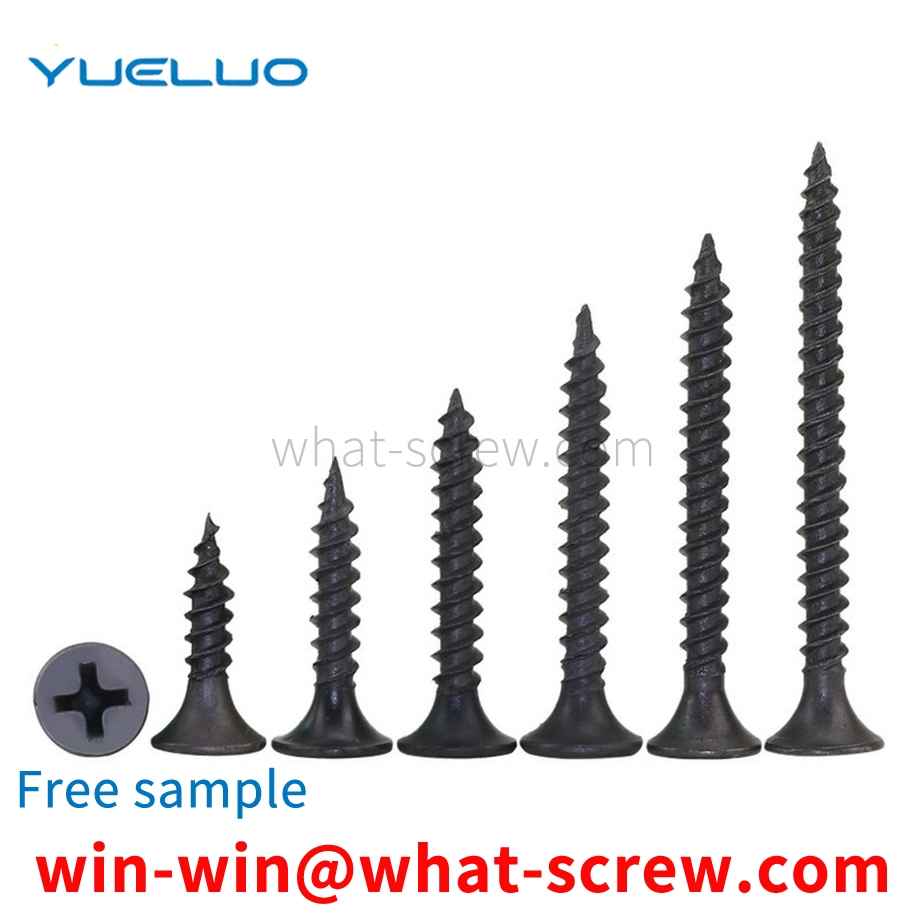
We have more than ten years of production experience in the ...
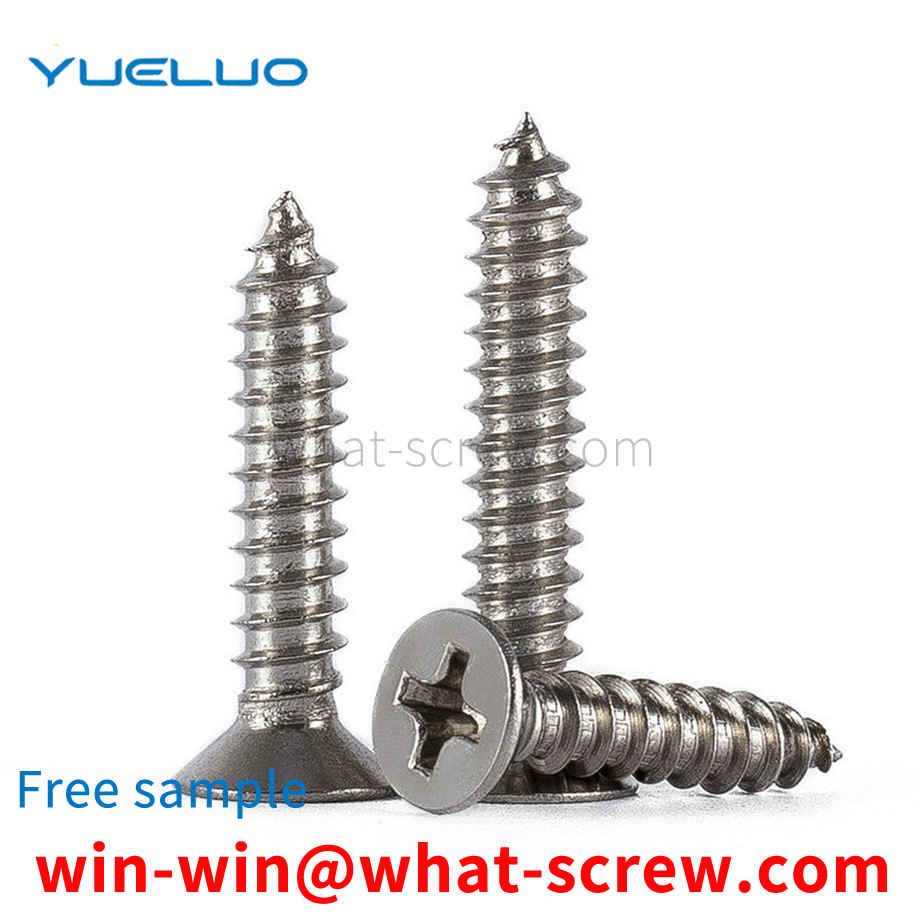
We have more than ten years of production experience in the ...

We have more than ten years of experience in screw industry ...

We have more than ten years of experience in screw industry ...